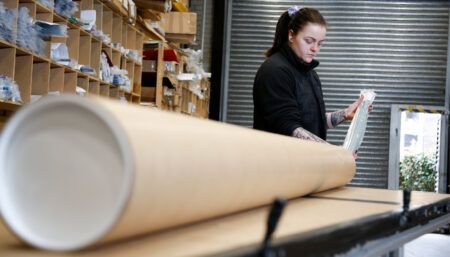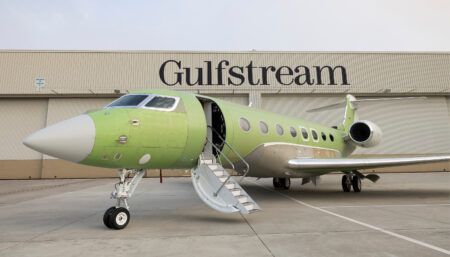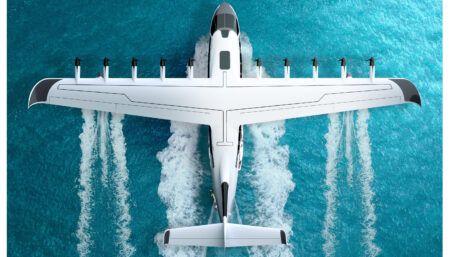Bombardier recently published an Environmental Product Declaration (EPD) for its Challenger 650 business jet, meaning it has now published EPDs for all its in-production aircraft, more than a year prior to its 2025 goal.
All the EPDs are publicly available on the company’s website. Among other information, they display the aircraft CO2 emissions generated at each of the steps of the value chain: from raw material extraction until aircraft end-of-life.
“The role of EPDs is not to stamp our aircraft as more sustainable than others, rather to take ownership of the environmental impact they generate,” said Jean-Christophe Gallagher, EVP, aircraft sales and Bombardier Defense, Bombardier. “For clients, these reports can be easily consulted like any other spec document. The same way we provide factual information about the unmatched width of the Challenger 650 aircraft’s cabin in its category or its leading dispatch reliability, Bombardier publicly provides factual information on the environmental impact of its business jets. As for the benefits to the industry, EPDs can be accessed as a reference guide to target improvement areas for which we have the expertise or resources to work on in the short- or medium-terms.”
Bombardier said the original idea behind equipping itself with EPDs for its business jets was to analyse them throughout their lifecycle against potential environmental impact indicators and gather essential information for reducing their environmental footprint at all stages of their value chain.
Bombardier started this scientific analysis when it developed the Global 7500 and later transformed the exercise into a transparency initiative, when the aircraft received a third-party verified EPD in 2020. Bombardier published a self-declared EPD for its Challenger 3500 in 2022, for its Global 5500 and Global 6500 aircraft in 2023, and now for its Challenger 650.





